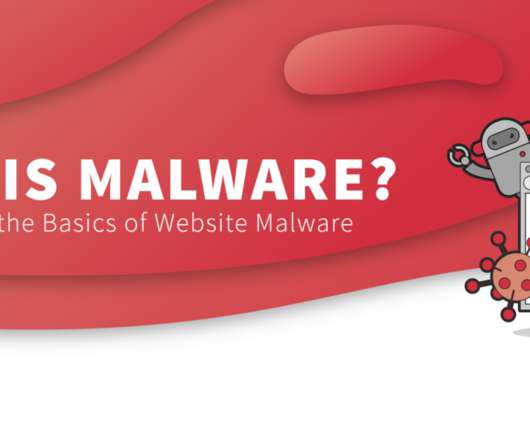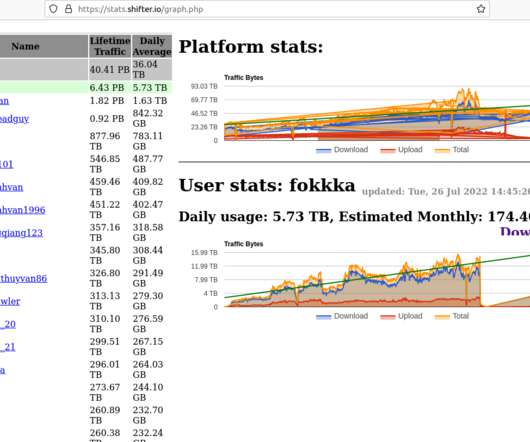Fraudulent purchases of digitals certificates through executive impersonation
Security Affairs
SEPTEMBER 16, 2019
The experts discovered that digital certificates are then used to spread malware, mainly adware. The researchers provided evidence that the threat actors sold the purchased certificates to a cybercrime gang that used them to spread malware. Copyright (C) 2014-2015 Media.net Advertising FZ-LLC All Rights Reserved -->.













Let's personalize your content